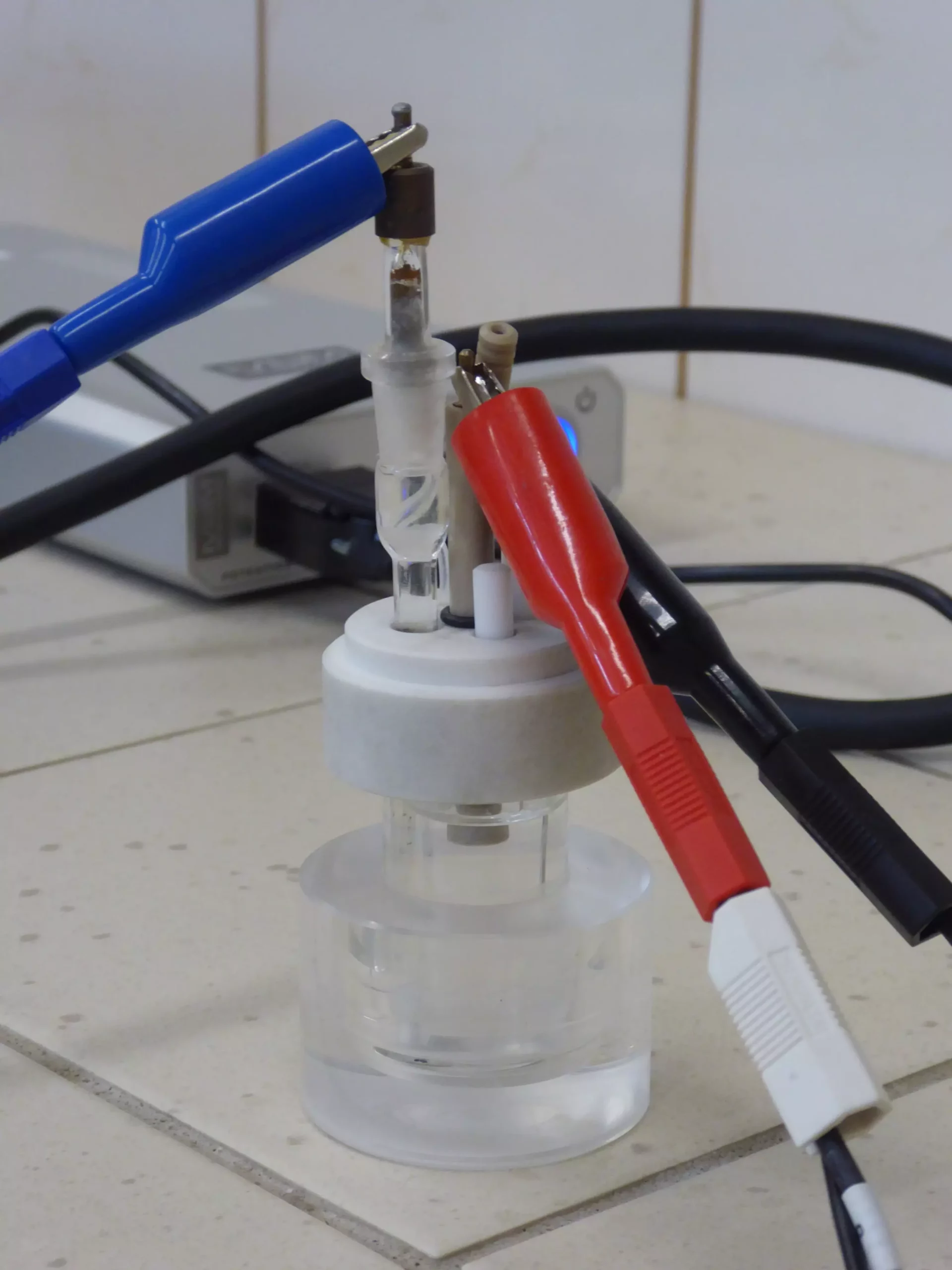As the global demand for lithium-ion batteries (LIBs) escalates—having doubled over the last four years—the environmental implications of this surge have become increasingly alarming. The infrastructure for managing the life cycle of these batteries is lagging behind, leading to significant issues related to their disposal. Lithium-ion batteries contain hazardous materials that pose threats to ecosystems and human health, underscoring the urgent need for effective recycling strategies. As societies worldwide move towards a future dependent on electrification, from electric vehicles to renewable energy storage systems, the challenge of battery waste is one that cannot be ignored.
In response to this growing environmental crisis, researchers from various Polish institutions have made strides in offering solutions through innovative recycling techniques, as detailed in the journal ChemElectroChem. Their research centers around repurposing carbon materials derived from spent lithium-ion battery electrodes, through a process of acidic leaching. This meticulous approach not only recovers valuable metals but also transforms waste into valuable resources. The investigational work finds a dual purpose; the carbon byproduct created from LIBs is being explored for its catalytic potential in crucial industrial processes.
Dr. Eng. Magdalena Warczak, the project leader, emphasizes the broader implications of hydrogen peroxide production—a substance vital across various sectors. Current production methods often involve high-pressure conditions and toxic catalysts, calling for cleaner, more sustainable alternatives. The research aims to pivot towards an electrochemical process using catalysts derived from used LIB materials, providing a greener avenue for hydrogen peroxide synthesis.
The electrochemical properties discovered in the carbon materials recovered from spent batteries show remarkable potentials. The experiments indicate that these newly formed structures contain carbon nanostructures and retained cobalt firmly rooted in their composition. Interestingly, the efficiency of these materials as catalysts appears to vary significantly based on their structural characteristics, which can be manipulated by altering the etching solutions used during recycling. Such insights demonstrate the versatility of waste products from lithium-ion batteries, proving that they possess functionalities previously underappreciated.
Through rigorous testing, the research team identified that these battery-derived materials facilitate the reduction of oxygen molecules, leading to the synthesis of hydrogen peroxide. Notably, the electrochemical tests revealed that out of the two potential pathways for oxygen reduction—leading either to water or hydrogen peroxide—the samples consistently favored the latter, indicating a promising efficiency for eco-friendly production methods.
To further hone in on the effectiveness of these recycled materials, the research adopted innovative measurement techniques. Traditional glassy carbon electrodes were replaced with systems employing suspended battery powders in immiscible liquid environments. This design aimed to mitigate the variables that could influence results, thus ensuring that observations related to catalytic activity were indeed due to the battery materials themselves. The findings were compelling: oxygen reduction reactions spurred by the suspended battery powders produced significantly enhanced concentrations of hydrogen peroxide—sometimes exceeding conventional systems by an order of magnitude.
The implications of this research extend beyond just chemistry. Should these materials be adopted in industrial applications, they could revolutionize hydrogen peroxide production streams and contribute to a circular economy, ultimately minimizing waste and maximizing resource efficiency.
Hydrogen peroxide’s utility is vast and varied. Commonly recognized in diluted forms as a disinfectant, it serves myriad roles across a multitude of industries. In concentrations of 30% or higher, it engages in critical functions ranging from bleach for textiles to an oxidizer in chemical manufacturing. Fascinatingly, it has re-entered the aerospace domain as an environmentally friendly propellant, used recently in suborbital rocketry, showcasing its versatile applications.
The larger environmental narrative underscores the significance of sustainable practices. Innovations like the ones stemming from this research open routes toward reducing our ecological footprint while also distancing ourselves from the extensive reliance on traditional, polluting catalysts.
Looking forward, further investigations will aim to enhance the efficiency of these electrochemical catalytic processes to make them suitable for broader industrial applications. Researchers will also delve into the potential of four-electron reduction processes, which may unlock new avenues for energy conversion technologies, specifically in fuel cells—with the prospect of addressing pressing energy challenges.
The collaborative efforts of institutions like Bydgoszcz University of Science and Technology and the Institute of Physical Chemistry highlight the significance of teamwork in scientific endeavors. As these developments progress, the dual goals of reducing battery waste and harnessing sustainable production methods may well herald an exciting new chapter in industrial polymer research and applications.
Transforming lithium-ion battery waste into functional resources represents a key innovation in both sustainability and industry. With collaborative research and a commitment to environmental responsibility, we can repurpose waste not merely as a problem but as part of a solution.


Leave a Reply